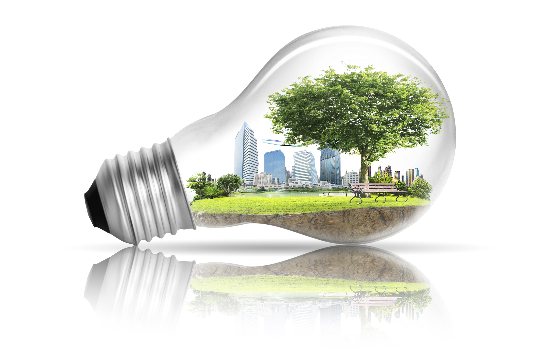A Guide to Renewable Energy in Southeast Asia

The Association of Southeast Asian Nations ("ASEAN") recognises the crucial role of energy in driving the region's growth. This has led to two key priorities: energy security and clean energy development. ASEAN aims for a 23% renewable energy ("RE") share by 2025 in the ASEAN Energy Mix (or TPES: Total Primary Energy Supply), with discussions underway for an even more ambitious target soon. Southeast Asia has abundant RE resources, but several hurdles remain, for instance infrastructure, the need for policy harmonisation, and community engagement. Each ASEAN country faces its own particular set of challenges and constraints in achieving its net zero emissions goal due to a myriad of factors including its stage of economic development, resources (financial and non-financial) and geographical constraints. As such, the policies and focus of each country in the deployment and development of RE may differ. In this Guide, we provide an overview of the RE landscape in the region and certain salient legal and regulatory issues affecting the development and deployment of RE in Cambodia, Indonesia, Lao PDR, Malaysia, Myanmar, the Philippines, Singapore, Thailand and Vietnam.
